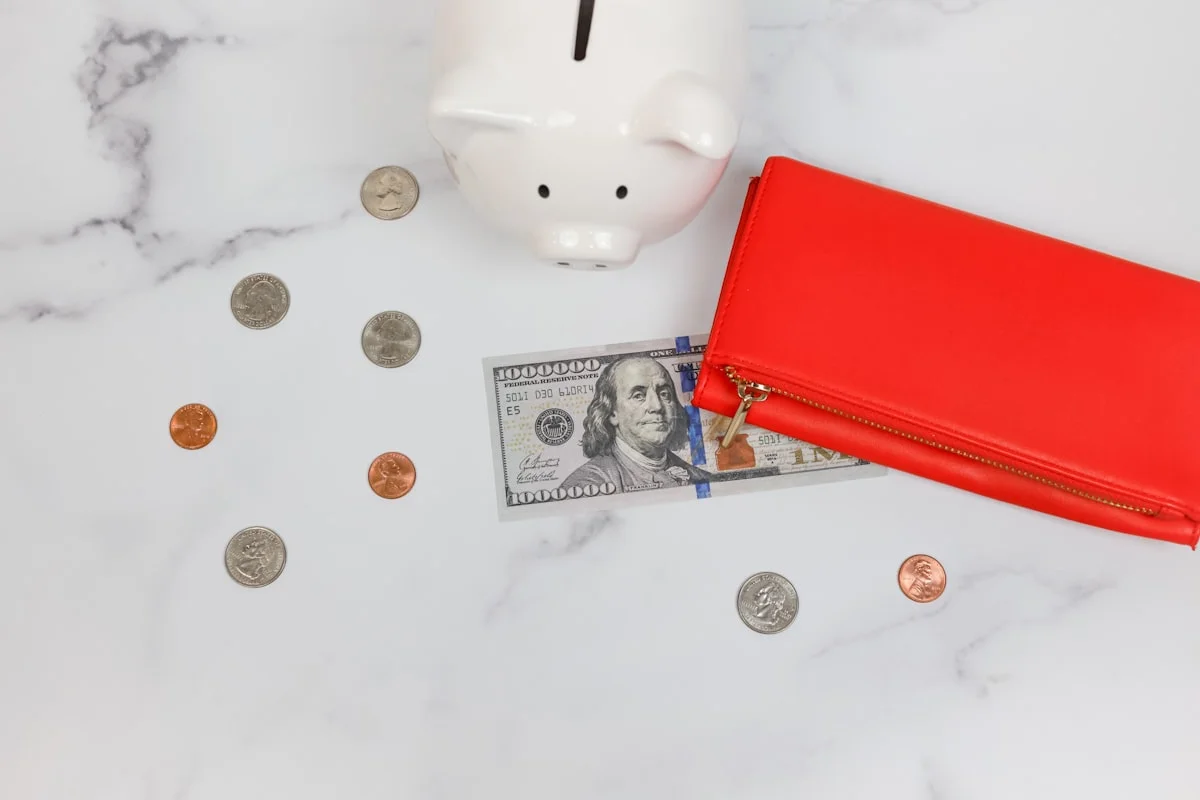How to Start Emergency Fund with Little Money in 2025
If you’re wondering how to start emergency fund savings with limited income, you’re not alone. Many people struggle to set aside money for unexpected expenses, but building an emergency fund is one of the most important steps toward financial security. Even with little money, you can start emergency fund habits that grow over time. This guide will walk you through practical strategies to save, no matter how tight your budget may be.
Why an Emergency Fund Is Essential
An emergency fund acts as a financial safety net, protecting you from unexpected expenses like medical bills, car repairs, or sudden job loss. Without savings, many people rely on credit cards or loans, which can lead to debt. By learning how to start emergency fund savings early, you reduce stress and gain peace of mind knowing you’re prepared for life’s surprises.
Assess Your Current Financial Situation
Before you begin saving, take a close look at your income and expenses. Track every dollar you spend for a month to identify where your money goes. This will help you spot unnecessary expenses that can be redirected toward your emergency savings. Even small amounts, like skipping a daily coffee or cutting back on subscription services, can add up over time.
Set a Realistic Savings Goal
Financial experts often recommend saving three to six months’ worth of living expenses, but that can feel overwhelming when you’re starting with little money. Instead, begin with a smaller goal, such as $500 or $1,000. Once you reach that milestone, you can gradually increase your target. The key is consistency—even saving $5 or $10 per week will help you build momentum.
Automate Your Savings
One of the easiest ways to save without thinking about it is to automate transfers to a separate savings account. Many banks allow you to set up recurring transfers, so a portion of your paycheck goes directly into your emergency fund. Treat this like any other bill—non-negotiable and prioritized. Over time, you’ll adjust to living on slightly less while your savings grow.
Reduce Expenses Creatively
Look for ways to cut costs without sacrificing necessities. Consider meal planning to reduce food waste, using public transportation instead of driving, or negotiating lower rates on bills like internet and insurance. Selling unused items online or taking on a side gig can also provide extra cash to boost your emergency savings faster.
Choose the Right Savings Account
Not all savings accounts are created equal. Look for a high-yield savings account that offers a competitive interest rate, allowing your money to grow faster. Online banks often provide better rates than traditional brick-and-mortar institutions. Ensure your account is FDIC-insured and has no monthly fees to maximize your savings.
Stay Motivated and Consistent
Building an emergency fund takes time, especially when funds are limited. Celebrate small victories, like reaching your first $100 or resisting an impulse purchase. Visual reminders, such as a savings tracker, can help keep you motivated. Remember, the goal isn’t perfection—it’s progress. Every dollar saved brings you closer to financial stability.
What to Do After Building Your Emergency Fund
Once you’ve established a basic emergency fund, focus on growing it to cover more months of expenses. Continue practicing good saving habits and avoid dipping into the fund for non-emergencies. As your financial situation improves, consider investing additional savings to earn higher returns while keeping your emergency money easily accessible.
Starting an emergency fund with little money is challenging but entirely possible with discipline and smart strategies. By taking small, consistent steps, you’ll create a financial cushion that protects you from life’s uncertainties. Begin today—your future self will thank you.

